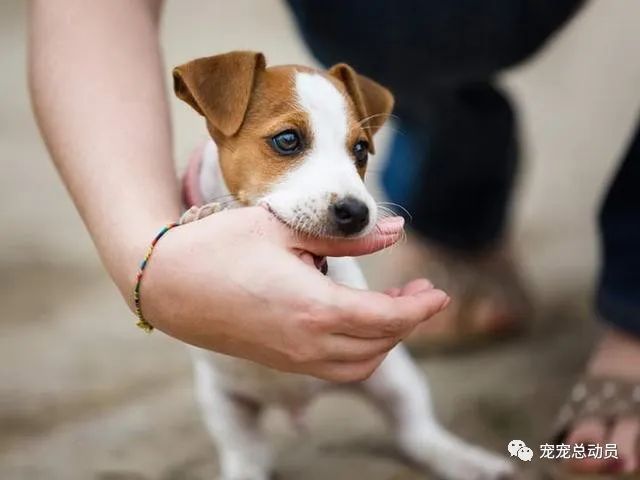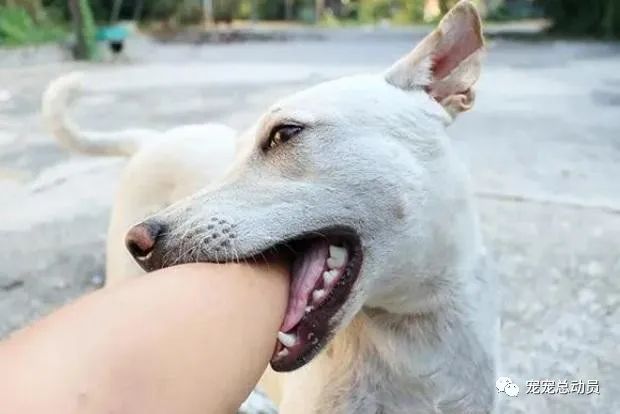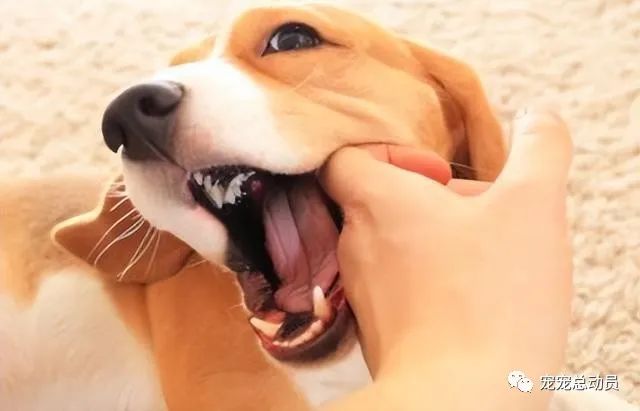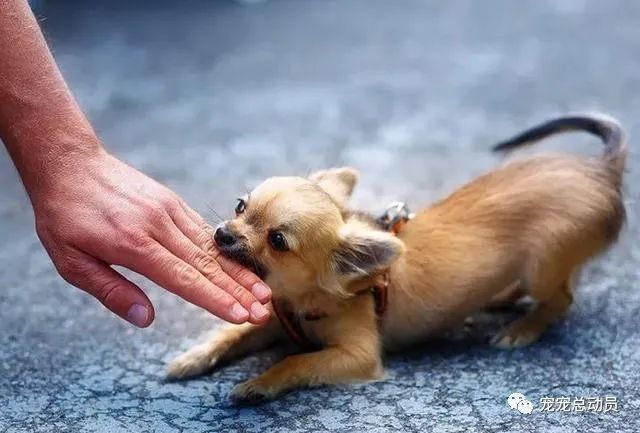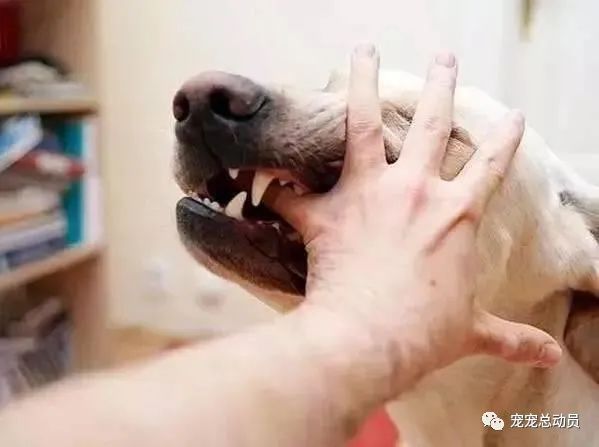What It Really Means When a Dog Gently Bites You — It's Not Just Play
When a dog gently bites your hand or arm, it might seem like innocent play. Many dog owners assume it's a form of affection or a playful invitation. But the truth is, gentle biting can signal many different things — and misunderstanding these signals could lead to problems in training or behavior management.
Here’s a detailed breakdown of what your dog might be trying to tell you:
1. Seeking Attention
“Please notice me!”
One of the most common reasons dogs gently bite is to get your attention. If you've been ignoring your pup, or are busy with something else, a quick nip might be their way of saying, “Look at me!”
This behavior is especially common in dogs with high social needs or those that are left alone for extended periods.
2. Friendly Greeting
A dog's version of a handshake.
Some dogs use gentle mouthing as a way of saying hello. It’s their instinctive way of expressing friendliness or excitement when you come home or when they meet someone they like.
This type of gentle bite is soft, brief, and non-aggressive — usually accompanied by a wagging tail and happy body language.
3. Anxiety or Stress
Nervous energy needs an outlet.
In stressful environments or unfamiliar situations, dogs may lightly bite or mouth objects — or even people — as a coping mechanism.
This behavior is often misunderstood as aggression or mischief, but it’s really a sign your dog might be overwhelmed and needs comfort, space, or a calming activity.
4. Emotional Communication
Excitement, affection, or overstimulation.
Just like humans express emotions with hugs or gestures, dogs use their mouths to express theirs. A gentle nip might signal excitement during play, love during a cuddle session, or even a bit of overstimulation when things get too rowdy.
It’s important to observe the context and your dog’s body language to interpret this properly.
5. Teething or Dental Relief
“My gums hurt!”
Young dogs, especially puppies, often gently bite when teething. Your fingers might just be the nearest "chew toy." In this case, your dog isn’t being naughty — they’re simply trying to relieve discomfort.
To redirect this behavior, offer appropriate chew toys or dental treats. Freeze-dried snacks or teething rings can work wonders.
6. Hunger Signals
“I’m starving, human!”
Dogs often learn to associate meal times with human interaction. If it's around feeding time and your pup starts gently nibbling on you, it could be a non-verbal way of reminding you it's time for dinner.
Make sure to maintain a regular feeding schedule, and choose high-quality, balanced dog food that keeps your pet satisfied and nourished.
Final Thoughts
Not all gentle bites are created equal. Sometimes it’s a plea, sometimes a greeting, and other times just a little discomfort. The key to understanding your dog is paying attention to patterns, body language, and the context in which the gentle biting occurs.
Does your dog often gently bite you? Now you know—it’s not always just play.
Categories: pets

